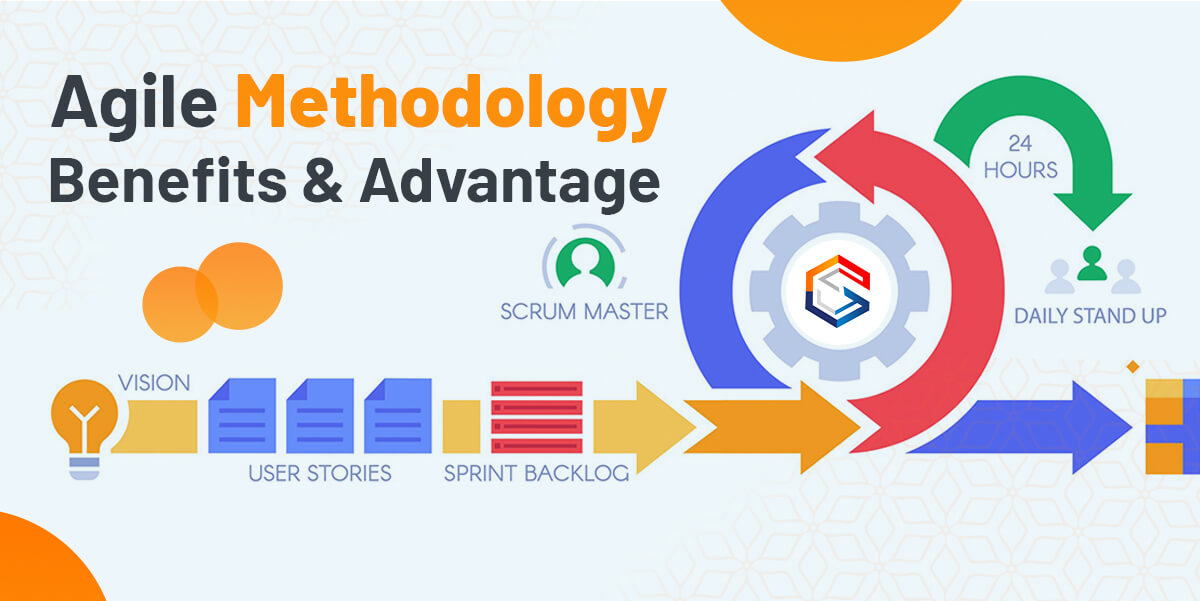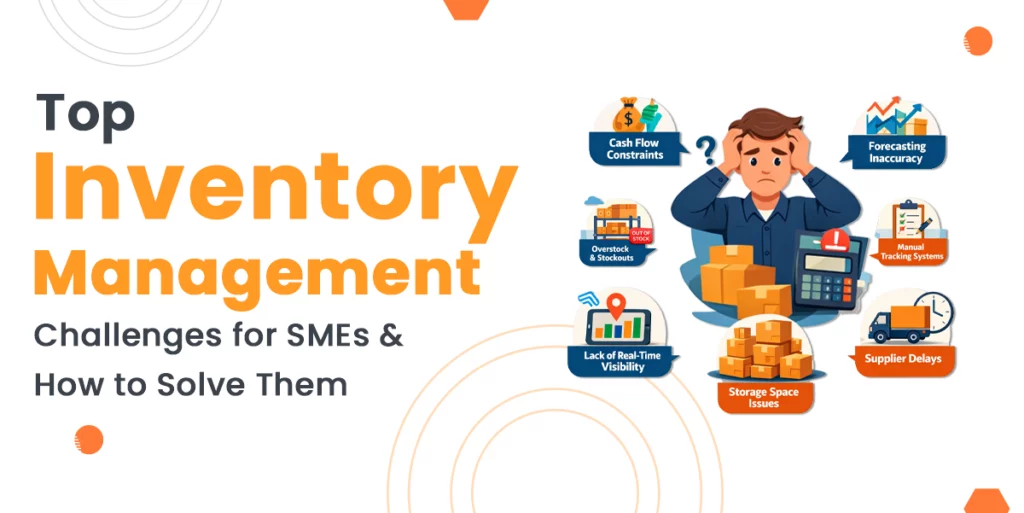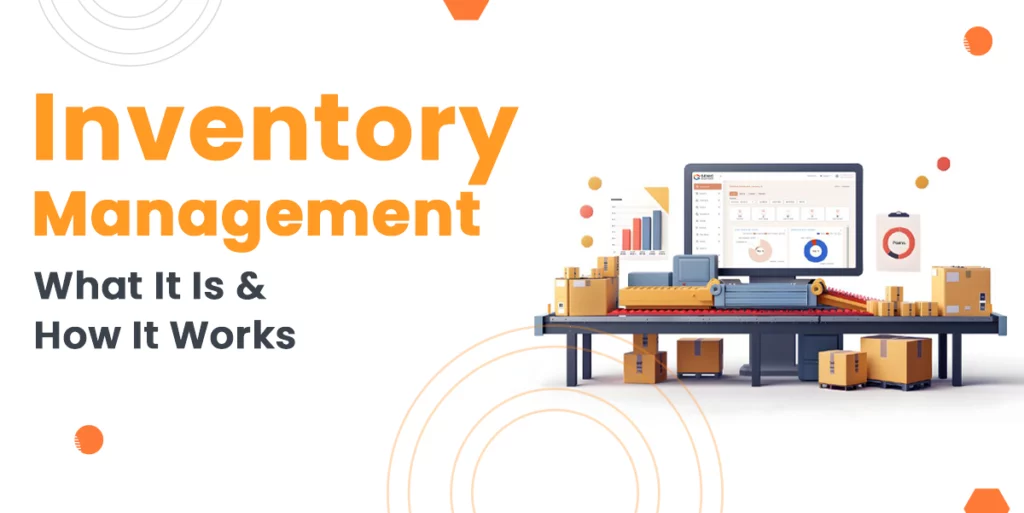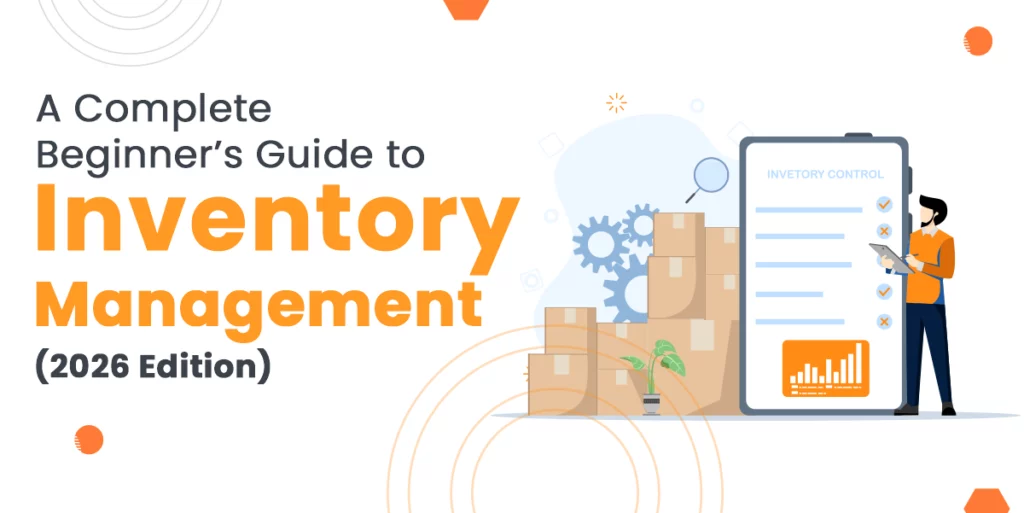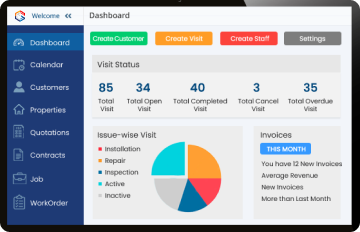Companies need to build and launch products quickly in today’s fast-paced world. They must stay focused on quality and customer satisfaction. That’s where Agile methodology shines. Agile helps teams work faster and smarter.
Let’s explore what is an agile methodology, how it works, and why it’s so useful.
What is Agile Methodology?
Agile methodology is a way of managing projects by breaking them into small, manageable pieces. Teams deliver results in stages instead of waiting until the end. Unlike traditional methods, Agile allows teams to make changes during the project. They can adapt as new ideas or challenges arise.
Agile uses short work cycles called sprints, which last one to four weeks. At the end of each sprint, teams deliver a part of the product, keeping everyone focused and allowing the team to adjust plans if needed. By breaking tasks into smaller steps, Agile helps teams avoid getting overwhelmed. Agile also ensures flexibility so the team can respond to feedback at any point.
Key Principles of Agile Methodology
Agile is built around several core ideas:
- Customer Input: Teams listen to customers and get their input. They use feedback to shape the product as they go.
- Flexibility: Agile allows teams to change direction mid-project without stress. They can easily adjust if new needs or ideas arise.
- Team Collaboration: Agile promotes communication among team members. Daily meetings ensure everyone understands the next step.
- Frequent Delivery: Teams deliver parts of the product regularly. This way, teams can test their work and improve.
- Ongoing Improvement: After every sprint, the team reviews what worked. They also discuss how they can do better in the next cycle.
Benefits of Agile Methodology
Many advantages of the agile method make it a great choice for teams!
1.Better Planning and Project Predictability
Agile splits projects into smaller, focused sprints. This helps teams map out their tasks and shape future steps. Teams see what they need to build in each sprint. This makes it easier to tell when the project will end. Teams meet often to check progress, fix problems, and keep the project moving forward.
2. Improved Customer Satisfaction
Agile focuses on keeping customers happy by involving them throughout the project. Teams share small parts of the project early and often, so customers can see progress and give feedback. This ensures the final product meets the customer’s needs. It also makes customers feel involved, which builds trust and satisfaction.
3. Enhanced Team Flexibility
Agile lets teams shift gears quickly when things change. If new ideas come up or customers ask for something different, Agile teams can easily adapt. This flexibility helps teams adjust without slowing down the whole project. Teams stay ready to tackle challenges and switch focus as needed, which keeps the project running smoothly.
4. Improved Team Spirit
Agile encourages team members to work together closely. Teams meet daily to share updates, discuss challenges, and offer help. This open communication builds strong team bonds and boosts morale. Team members feel more connected and motivated, which helps everyone contribute their best work. Agile also fosters a sense of ownership, making everyone feel responsible for the project’s success.
5. Lower Levels of Risk
Agile reduces risk by delivering small pieces of the project frequently. Teams test each part as they complete it, fixing problems before they grow larger. If something doesn’t work, the team can fix it right away without disrupting the whole project. Since customers provide feedback during every sprint, Agile helps teams avoid delivering a product that doesn’t meet expectations.
6. Increased Product Quality
Agile improves product quality by encouraging constant testing and feedback. Teams test the product after each sprint, making sure it works correctly. This cycle of building and fixing helps teams spot problems early and improve the product over time. With Agile, teams focus on quality from start to finish, ensuring that the final product is polished and ready to meet customer needs.
Benefits of Agile Software Development
Agile has become a favorite in the world of software development. The benefits of Agile software development are clear. It speeds up delivery, boosts quality, and keeps customers involved. Let’s look at how Agile is helpful in the software industry.
1. Speedy Releases
Speed is key in software development. Users expect frequent updates and new features. Agile lets teams deliver updates quickly without cutting corners. By breaking the software into smaller pieces, they roll out updates faster. This means customers get the features they need without waiting months for the next release.
2. Early Detection of Bugs
Agile helps developers find and fix issues early. In traditional methods, teams may not notice bugs until later in the process. Agile’s constant testing allows teams to catch problems early. Developers fix issues before they grow bigger. This saves time and money in the long run.
3. Better Collaboration Among Team Members
Agile brings developers, testers, and project managers together. They work side by side, ensuring everyone knows the project’s goals. This reduces miscommunication and confusion. Teams stay focused on delivering the best product possible.
4. Flexibility for Changing Needs
In software development, customer needs change all the time. Agile allows teams to adapt without stress. If the customer requests a new feature, developers can adjust quickly. Agile makes it easier to meet changing requirements without delays or complications.
Agile Vs. Other Methods
Agile stands out because it allows teams to work faster and respond to change. But how does it compare to other popular methods? Let’s explore two key comparisons:
Agile vs. Lean
Agile and Lean both aim to deliver value quickly, but they approach it in different ways. Agile focuses on customer feedback and adapting to change. Lean, however, concentrates on cutting waste and improving efficiency. While Agile teams work in short sprints, Lean uses a continuous flow of work. Agile is often used in software development, while Lean is more common in manufacturing.
In Agile, teams adjust their work based on feedback. Lean focuses on making the process smoother and quicker. Both methods aim to deliver value, but Agile is better for projects that need flexibility and customer input.
Agile vs. Waterfall
Agile and Waterfall are very different. Waterfall follows a strict, step-by-step process. Each stage must be finished before moving on to the next. Once work begins, changes are hard to make. Agile allows teams to change plans as they go and includes feedback throughout the project.
Waterfall works well for projects with clear goals and few changes. However, it can be slow when things need to change during the project. Agile works better for fast-paced projects that need to adjust often, like software development. Agile teams can switch gears, while Waterfall follows a fixed path.
Final Words
Agile methodology helps teams deliver projects faster and with more flexibility. It allows teams to break down big tasks, get customer feedback, and improve along the way. The benefits of Agile include better planning, happier customers, flexible teams, and higher-quality products. Compared to methods like Lean and Waterfall, Agile shines for its ability to adapt and deliver value continuously.
For businesses looking to stay ahead, Agile provides a reliable way to handle change and deliver great results. By using Agile, teams can work together better, deliver projects faster, and keep customers happy.

